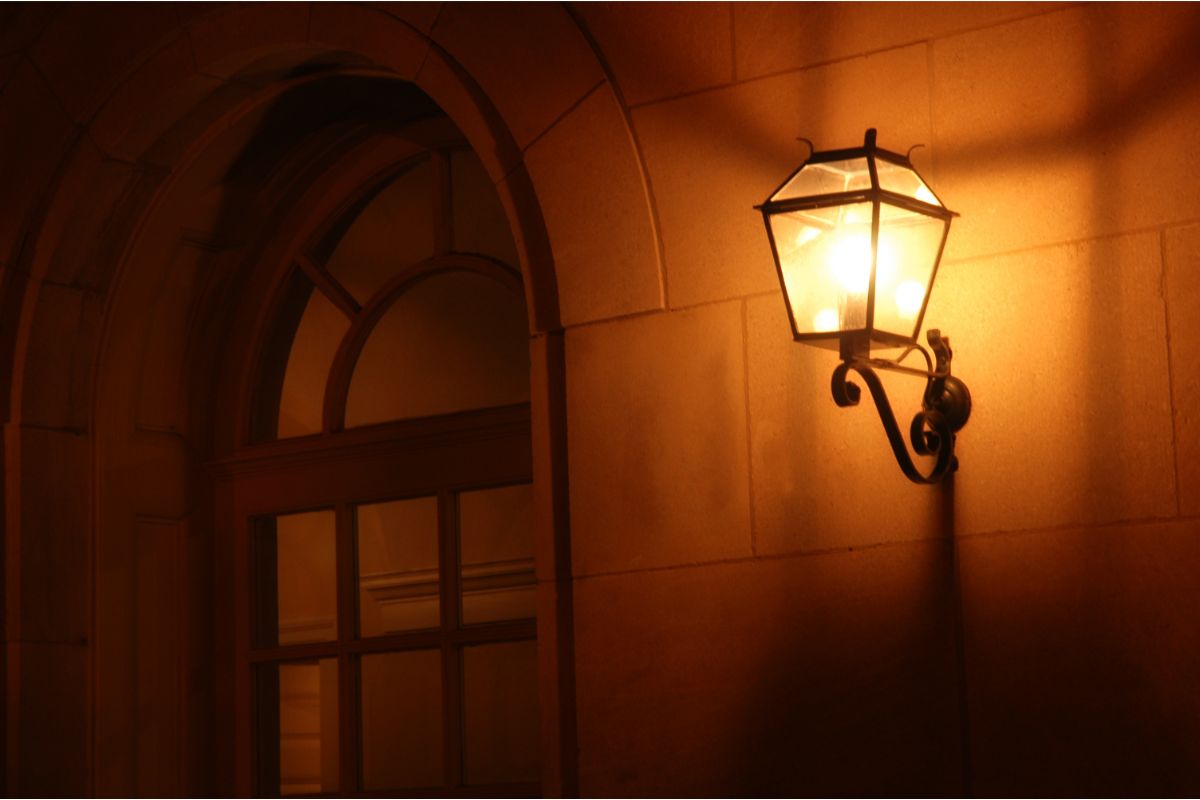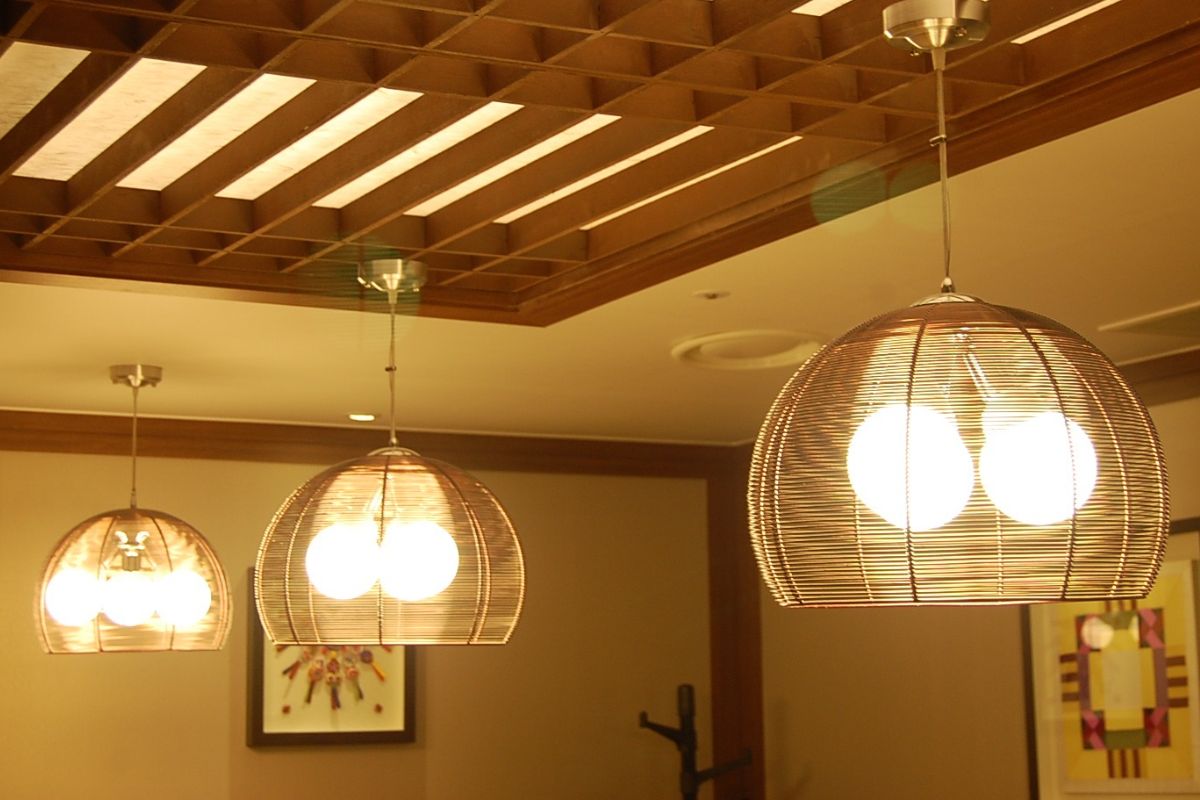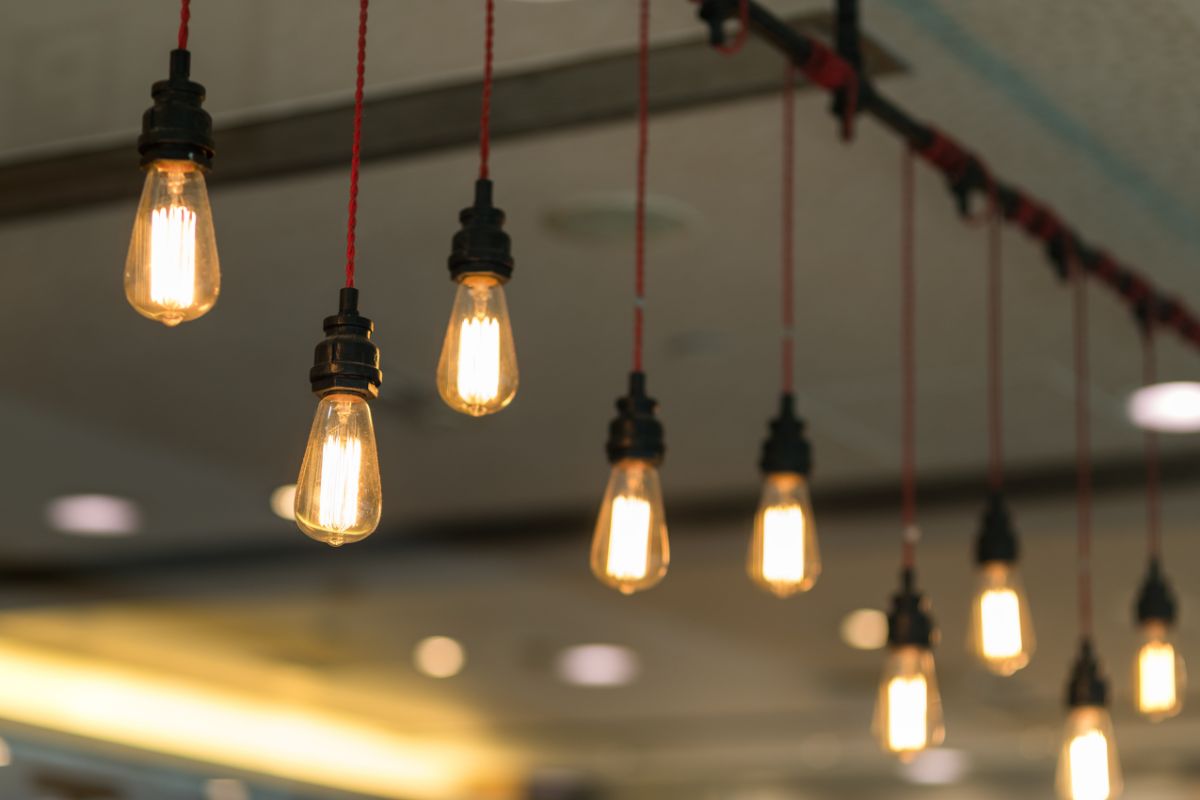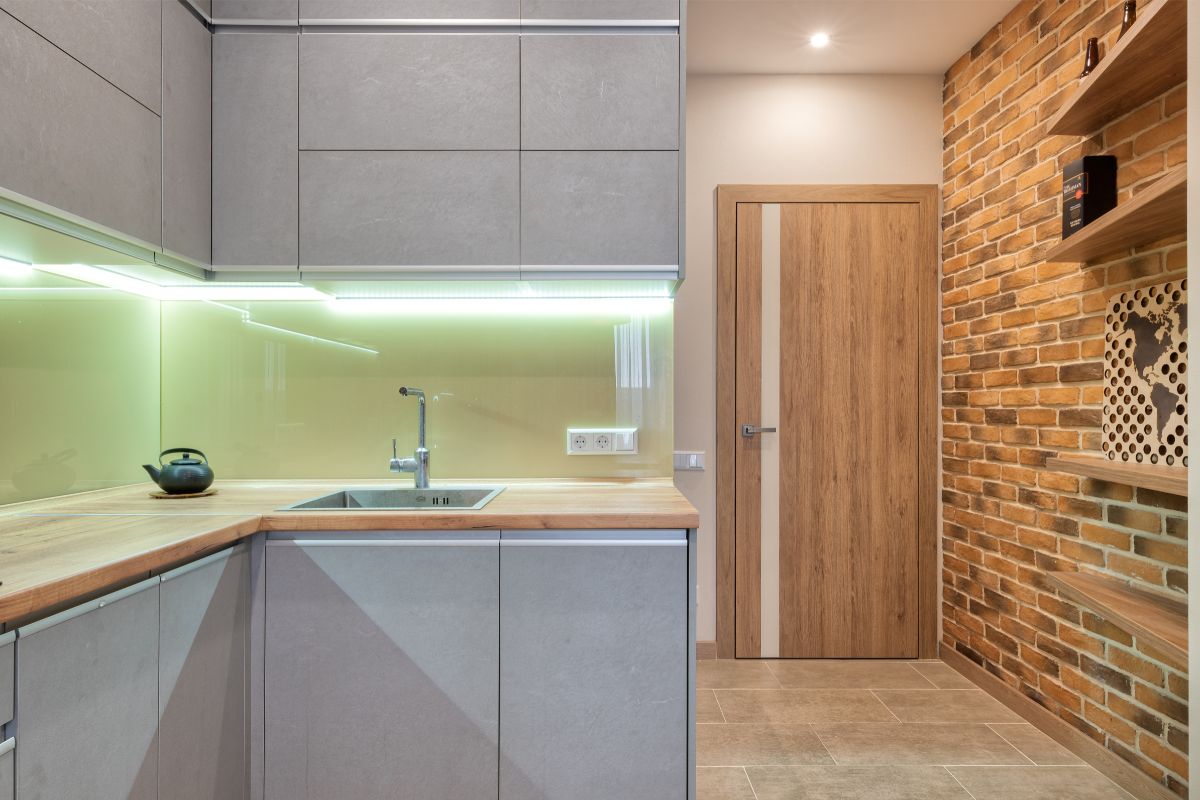Hooking up a generator directly to your breaker box will backfeed power into the utility lines, which can be incredibly dangerous, particularly for repair technicians who won’t know the lines they’re working on are live, so it’s not a good idea.

But that doesn’t mean you can’t link your generator to your home. All you need is an intermediary known as a transfer switch, so today, I’ll be guiding you through wiring your generator to your breaker box via a manual transfer switch.
What You’ll Need?
- A transfer switch — I’ll discuss how to choose one in a moment.
- A drill
- Some screws
- A screw driver set
- A generator extension cord
- Wire strippers
- Color-coded neutral (white), ground (green), and hot wires (red & black) — Must be appropriate gauge for the power of your system
- A generator — To cover the essentials in your home, I’d go for something with an output no lower than 5000 watts, like this maXpeedingrods inverter unit, or for a bit more headroom, this Westinghouse beast.
Wiring A Generator Into A House: A Step-By-Step Guide
Step 1 — Choosing Your Transfer Switch
Transfer switches aren’t one and the same, so don’t just buy the first one you come across. These bits of gear need to be chosen to suit your generator specifically. How? Well, it’s actually pretty simple.
Most of the time, all you need to do is check the most powerful outlet on your generator, then purchase a transfer switch rated for that amperage.
For example, if your generator’s most powerful outlet maxes out at 30 amps, then you’ll look for a transfer switch rated for 30 amps, as it won’t cap any of your generator’s capacity.
I’d also recommend choosing a transfer switch that arrives with wattage meters that help you keep track of what’s being powered, ensuring you don’t accidentally overpower your system.
Step 2 — Mounting Your Transfer Switch
Your transfer switch is going to link up to your breaker box, so it’s essential that they’re mounted near to one another. Ideally, the nearest side of the transfer switch will be about 18” from the center of your main panel.
Once you’ve found a suitable spot, go ahead and mount the transfer switch by drilling screws through the pre-drilled holes. If the manual calls for a different installation, simply follow the instructions provided.
Once it’s in place, give it a little shake to see if it’s secure, and when you’re happy, move on to the next step.
Step 3 — Deciding What Circuits To Power With Your Generator
Transfer switches contain a finite amount of breakers, meaning you can only power a select few circuits in your home with your generator, so next on the agenda is to choose which of those circuits you want to prioritize in the event of a blackout. Bear in mind that 240 V circuits require two breakers on your transfer switch.
Step 4 — Disconnecting The Power
As is always the case when working with electrics, it’s absolutely essential that you switch off the power first. You don’t want any power reaching your main breakers whatsoever when you begin the wiring process.
Step 5 — Wiring The Ground & Neutral

Of all the wires that come with a transfer switch, only one will be white, and only one will be green, these are your neutral and ground wires, and they need to be wired into the main breaker box via the bus bar using screw connectors.
As for which color wire goes where, look at the current wire setup in your breaker box. The bus bar will be split into two panels. On one, there should already be a neutral wire, and on the other, there should already be a ground wire. Simply install the green wire next to the green, and the white wire next to the white.
Step 6 — Wiring Your Transfer Switch Into The Correct Circuits
Your transfer switch should have arrived with a bunch of red and black cables, one red and one black for each of its breakers. These are the wires you’ll be connecting to your breaker box.
Usually, the breakers in a transfer switch are labeled with a letter, and the corresponding wires will be labeled with the very same letter so you don’t mix up the wires during the installation.
Find one of the circuits in your breaker box you want your generator to power, then remove the black wire. This is the wire that ferries mains power to the relevant circuit indoors.
Starting with the transfer switch breaker closest to your breaker box, take the red wire, and fit it where the black wire used to be in the mains breaker. Then, connect the black wire from your transfer switch to the black wire you removed from the mains breaker.
Be sure to cap all the new black-to-black wire connections for safety and to keep the wires together.
Step 7 — Rinse & Repeat
Next up, repeat the above process for all the circuits you want to hook your generator up to when grid power lets you down.
Step 8 — Install Power Inlet
The power inlet box can be mounted in or on your wall, whatever is most convenient. Once the enclosure is mounted, follow the manufacturer’s instructions for connecting the usual suspects (Red and black hot wires, and a white neutral wire) to the inlet.
The green one should link up to a ground screw in the inlet enclosure. In terms of wire gauge, pick up whatever is suitable for the power rating of your inlet.
Run the wires neatly from the hole of the inlet to your transfer switch using conduits or a nonmetallic cable and secure them in accordance with the transfer switch manufacturer’s instructions.
Step 9 — Link Your Generator To The Inlet
Use a generator extension cord to connect your generator to the inlet, ensuring the generator is at least 20 feet from your house, then fire it up.
Step 10 — Test Some Breakers On The Transfer Switch
Your transfer switch should have on/off switches for each breaker/circuit. Flip one from utility to line to see if everything is in working order.
Final Thoughts
There you have it — What seems like quite a daunting job really isn’t all that hard after all. Finding the right gauge wires can be a bit of a headache if you’ve never dealt with them before, but once you’ve got them, you’re essentially just connecting colors between different panels. Still, don’t hesitate to call in a professional if this all sounds a bit intensive to you.



